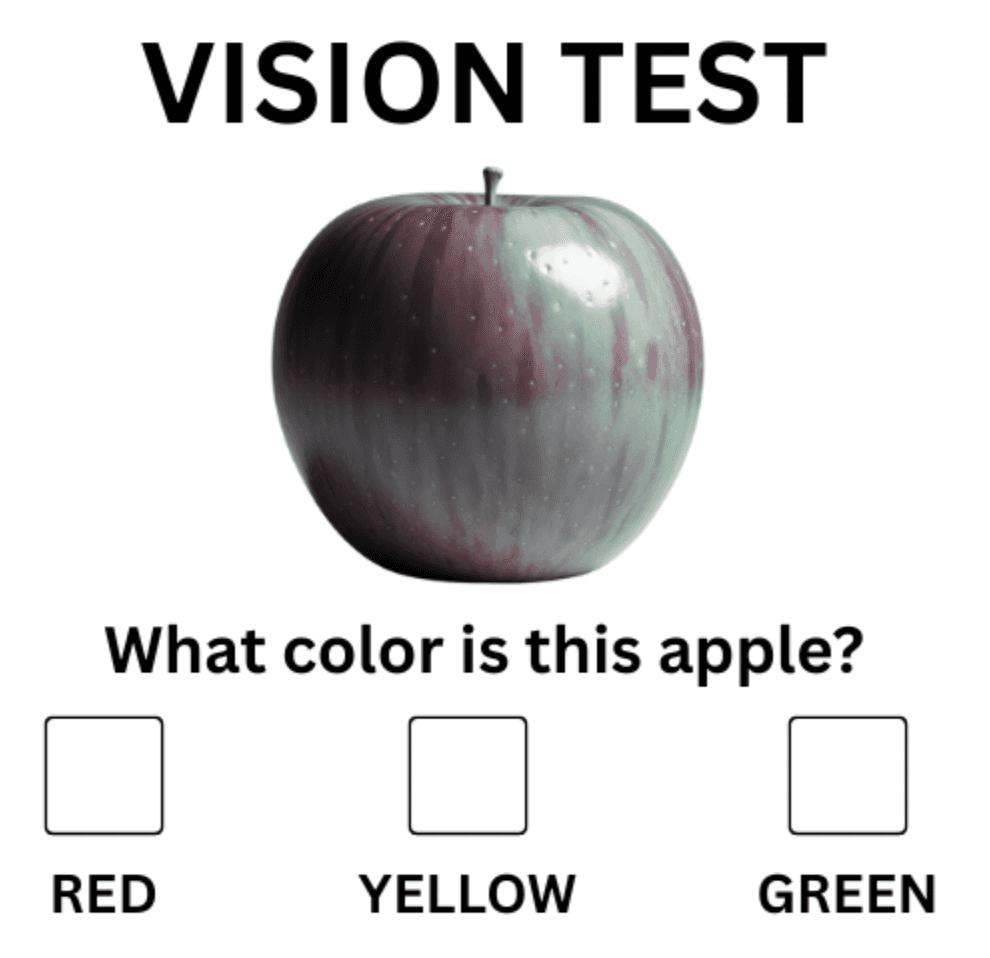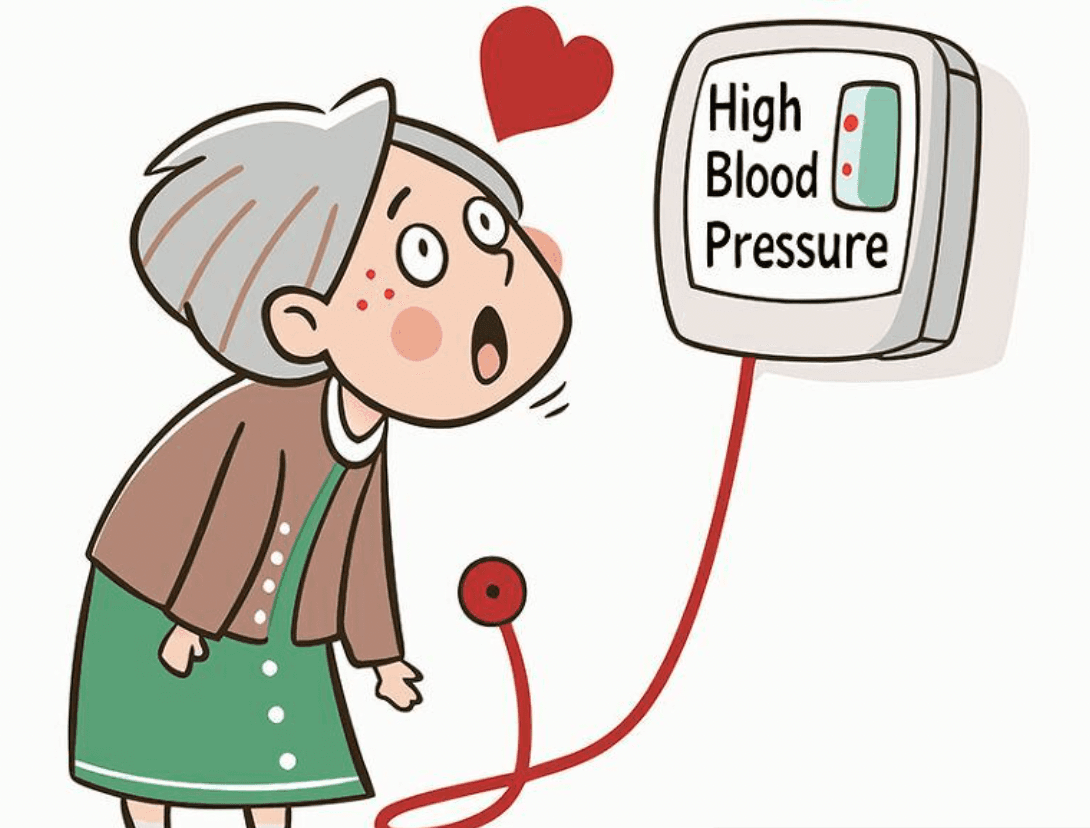Top 10 LIES About Belly Fat People Still Believe
In our pursuit of fitness and wellness, we are often misled by misinformation surrounding belly fat. This article debunks several myths about belly fat, providing insights into why it's more than just a cosmetic concern.
Belly fat is divided into two categories: subcutaneous fat, which is located beneath the skin, and visceral fat, which is found within the abdominal cavity. Visceral fat is notoriously dangerous as it is closely associated with metabolic diseases, including type 2 diabetes, cardiovascular diseases, and even cancer.
Recognizing the difference between subcutaneous and visceral fat is vital for evaluating health risks. Subcutaneous fat, though visible, poses less of a risk compared to visceral fat, which contributes significantly to serious health conditions.
Contrary to popular belief, being thin doesn’t always equate to being healthy. The concept of 'skinny fat' showcases individuals who appear lean but may harbor significant unhealthy fat and subsequent risks, such as nonalcoholic fatty liver disease.
While it's true that belly fat can increase with age, acknowledging this as inevitable is erroneous. Often, this increase is the result of prolonged unhealthy habits rather than aging itself, and it can be reversed through lifestyle changes.
This belief simplifies the complex transformation that food undergoes in the body. Dietary fat doesn’t automatically convert to body fat. Instead, the hormone insulin plays a crucial role in fat storage and not dietary fat directly.
Traditionally, spot reduction falls flat because targeting specific body parts with exercises like crunches doesn’t selectively burn fat in those areas. Effective management encompasses balanced diet strategies and exercise routines.
“A calorie in desserts does different things than a calorie in whole foods.”
Rather than focusing solely on calories or fat intake, understanding nutritional densification can guide smarter choices. Meals comprised of full-fat dairy, lean meats, and fibrous vegetables generally yield satiation and balanced energy levels, resulting in more controlled eating.
Navigate dietary paths with decisions grounded in nutritional value and access holistic body insights, dismissing rigid conformations about animal and plant-based diets entrenched in fitness gospel.
Live healthy, eschewing misconceptions, by equipping yourselves with evidence overturned truths that propel informed health decisions.
From Around The Web
Wellness Inbox is a blog & weekly newsletter that curates trending news and products related to health and wellness from around the web. We also gather content from various sources, including leading health professionals, and deliver it directly to you.
Please note that we may receive compensation if you purchase any products featured in our newsletter. Wellness Inbox is not affiliated with, nor does it endorse, any health professionals whose content may appear in our newsletter. The information provided is for general informational purposes only and should not be considered medical advice.
The information provided is not intended to replace professional medical advice, diagnosis, or treatment. All content, including text, graphics, images, and information available is for general informational purposes only. We do not guarantee the accuracy or completeness of any information presented and assume no liability for any errors or omissions. The content is subject to change without notice. We encourage you to verify any information with other reliable sources and consult your physician regarding any medical conditions or treatments.







